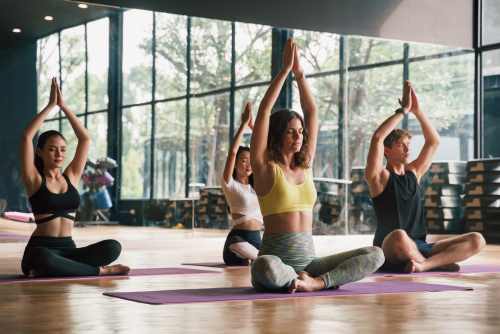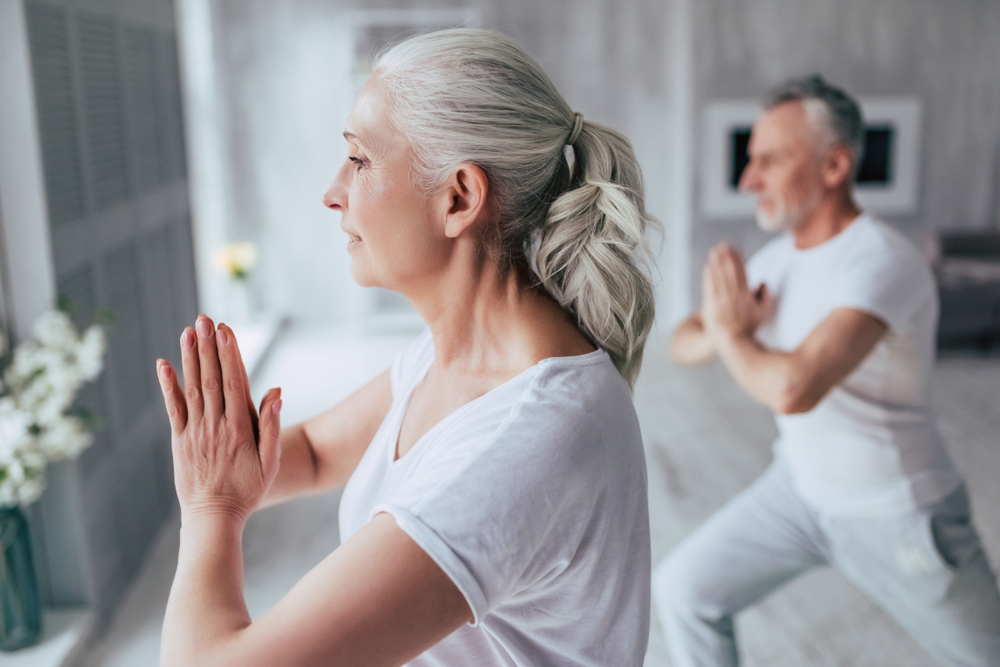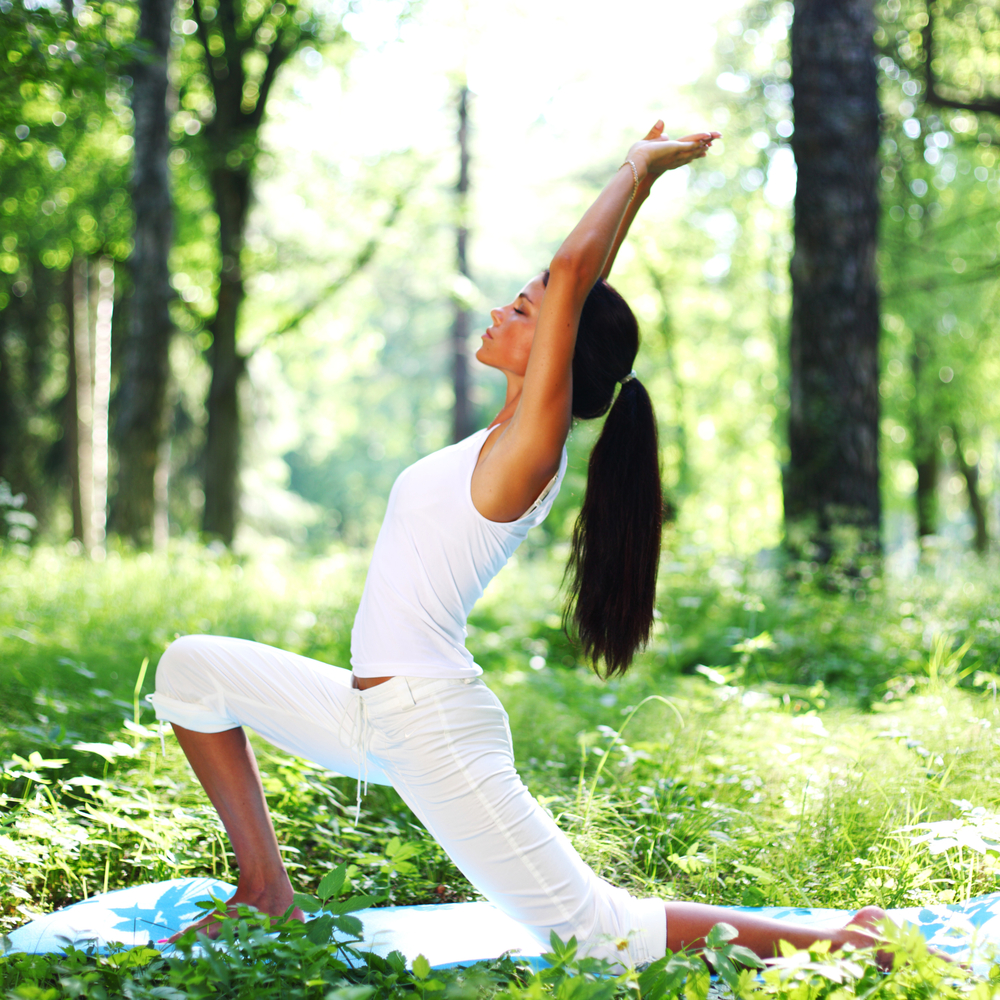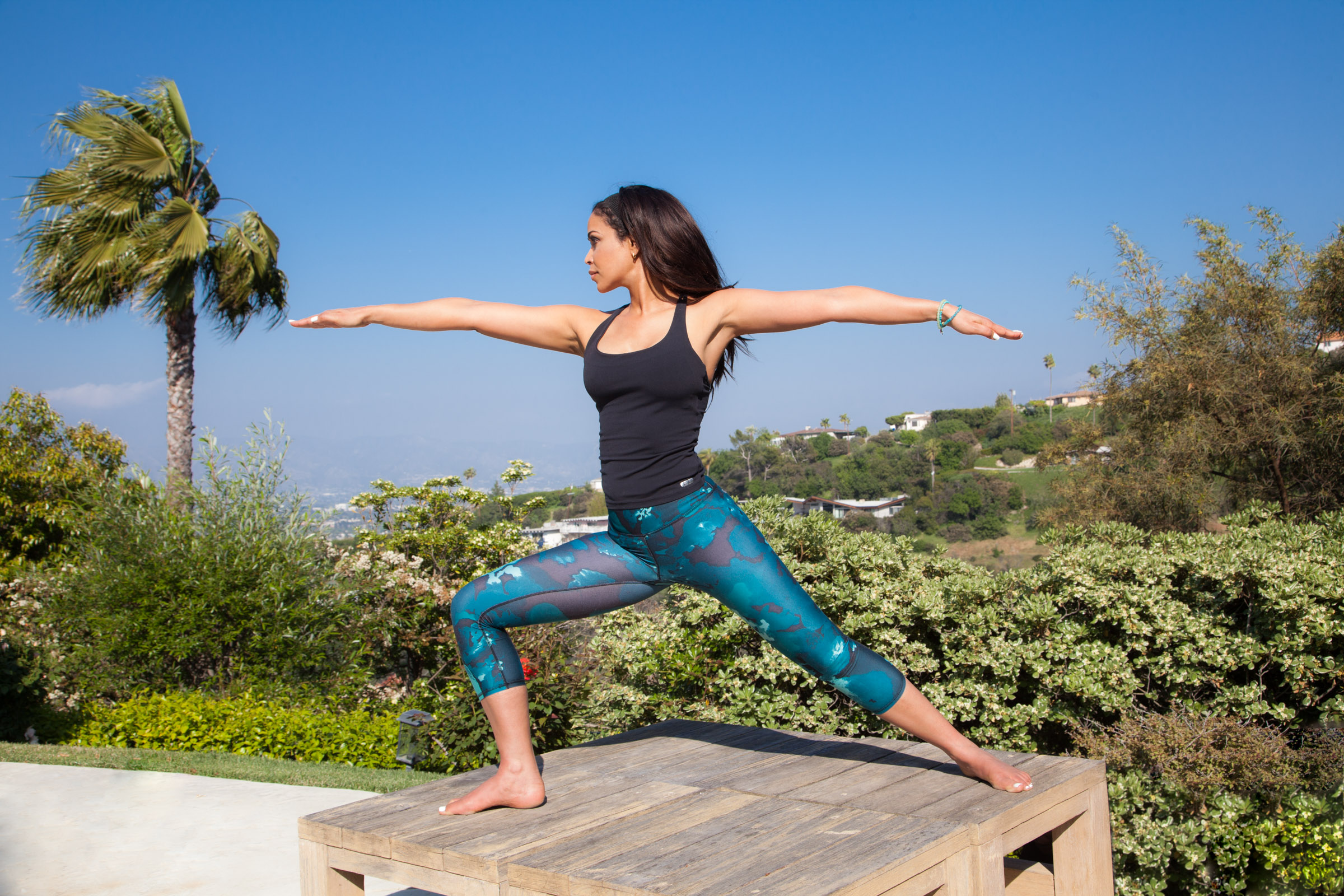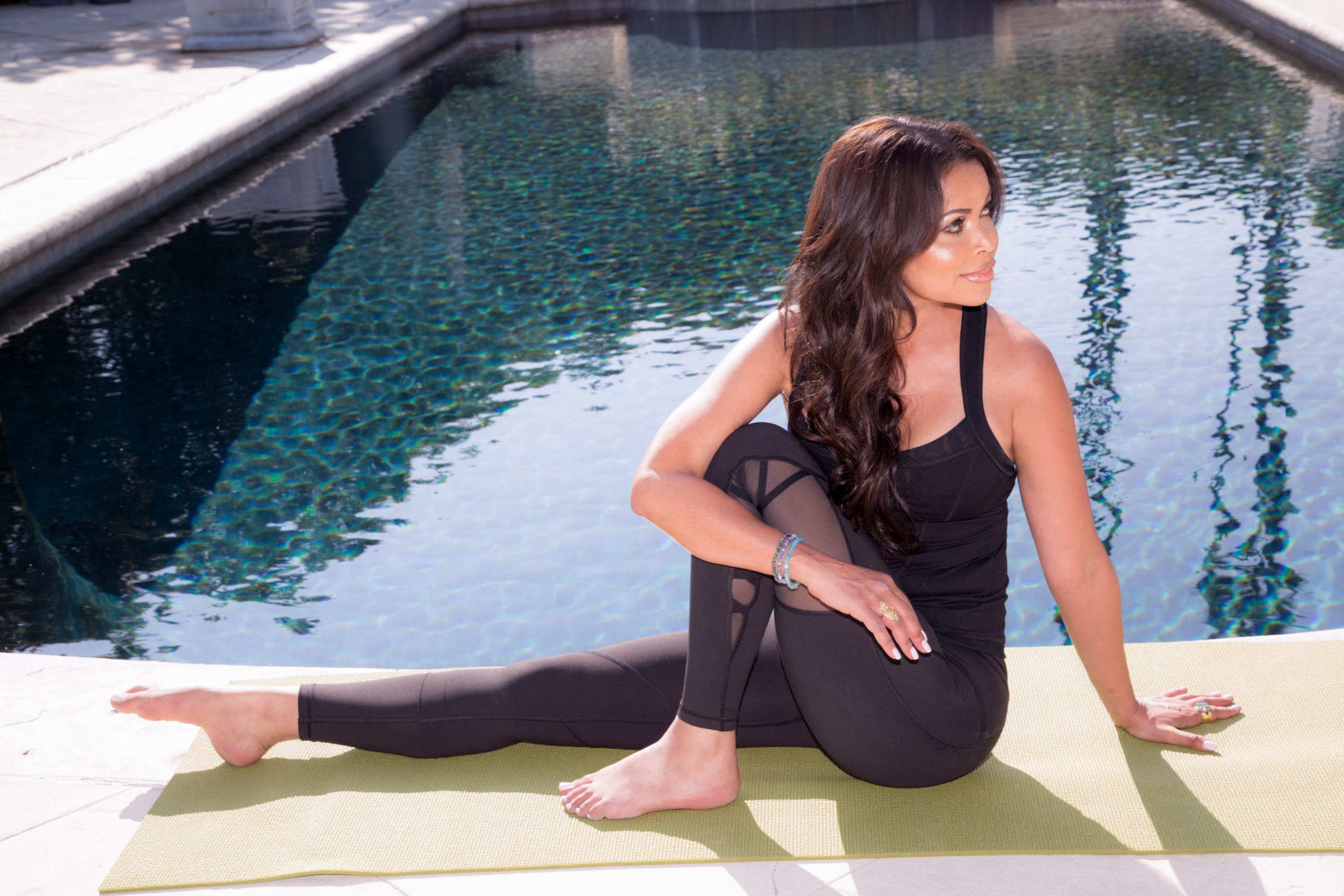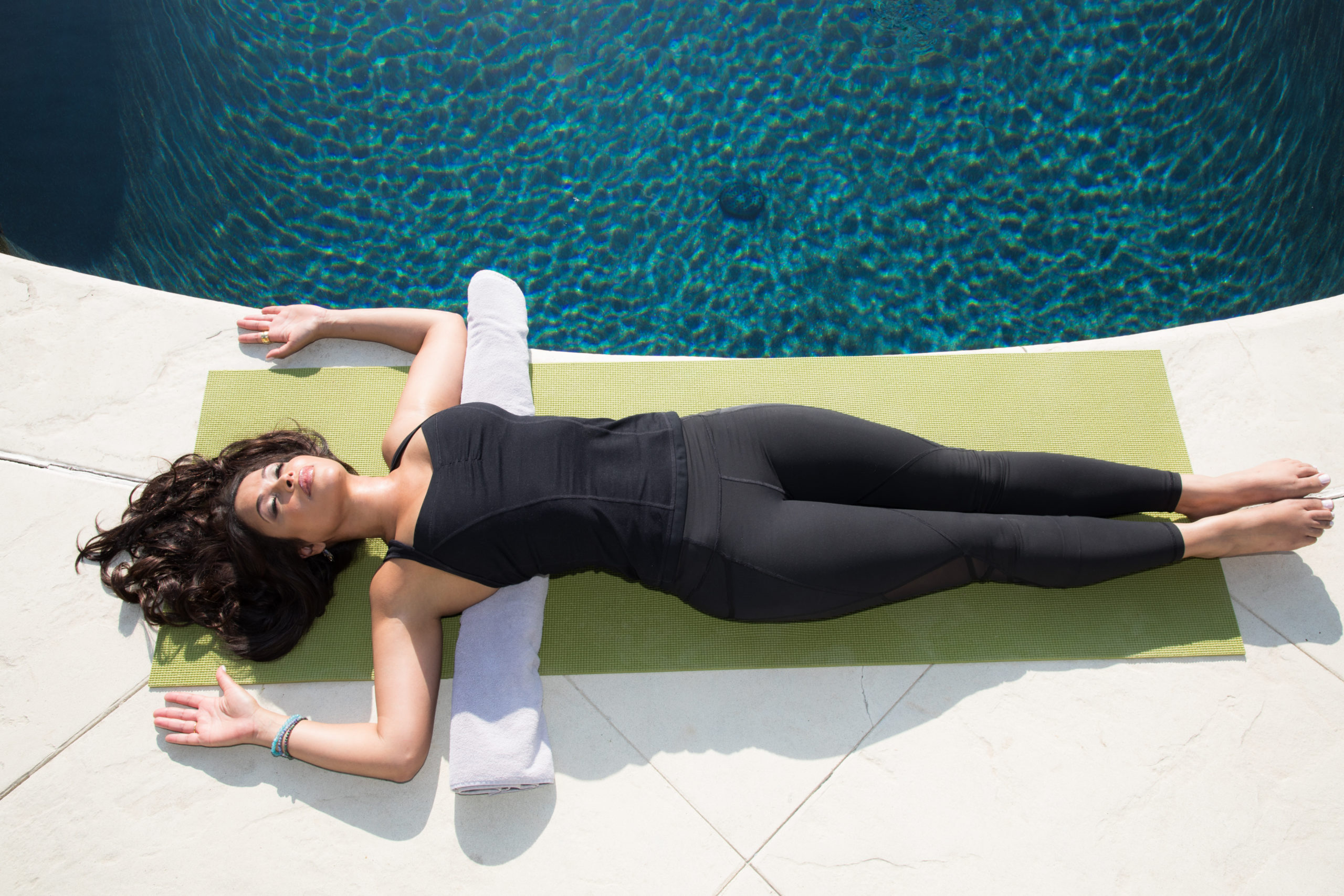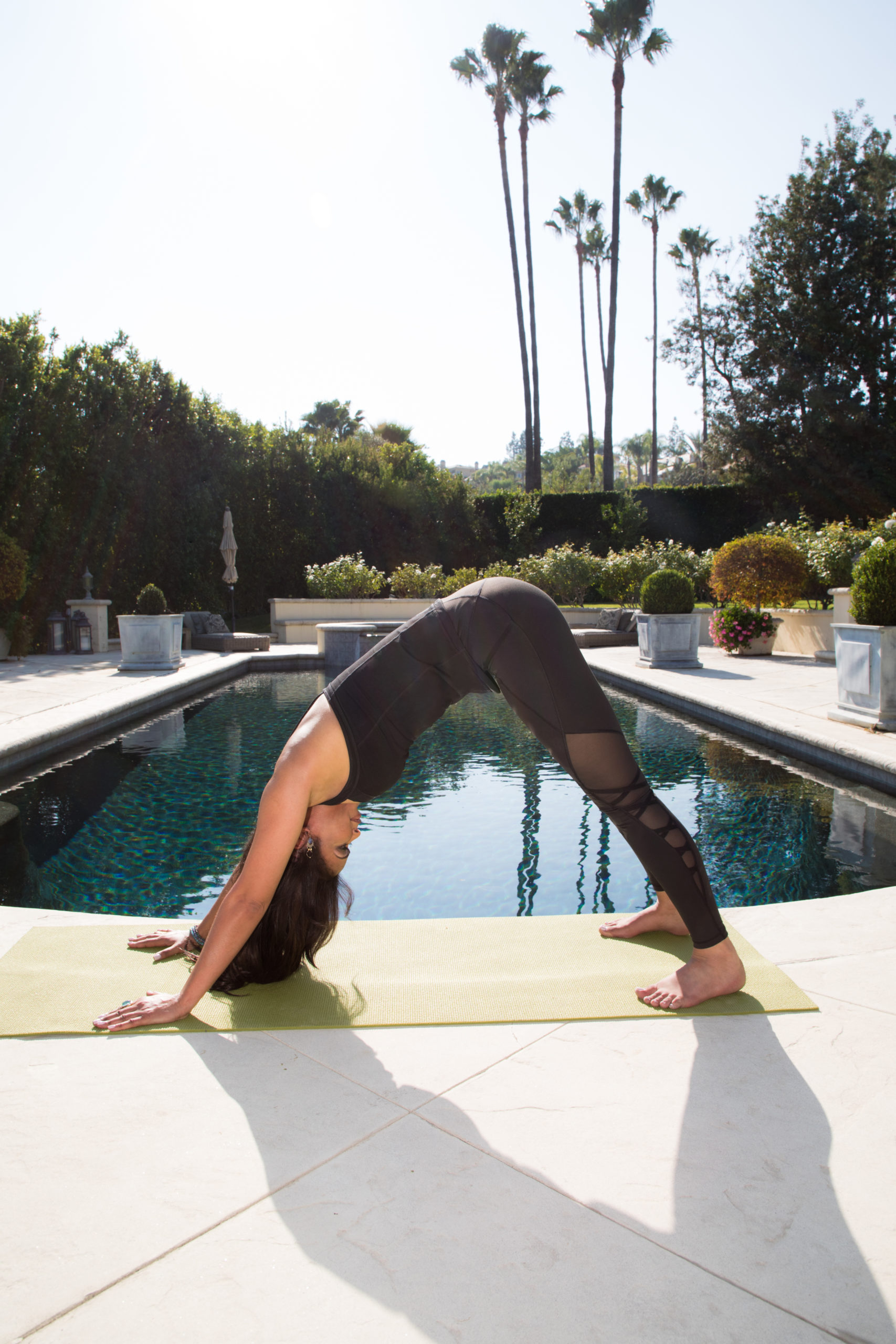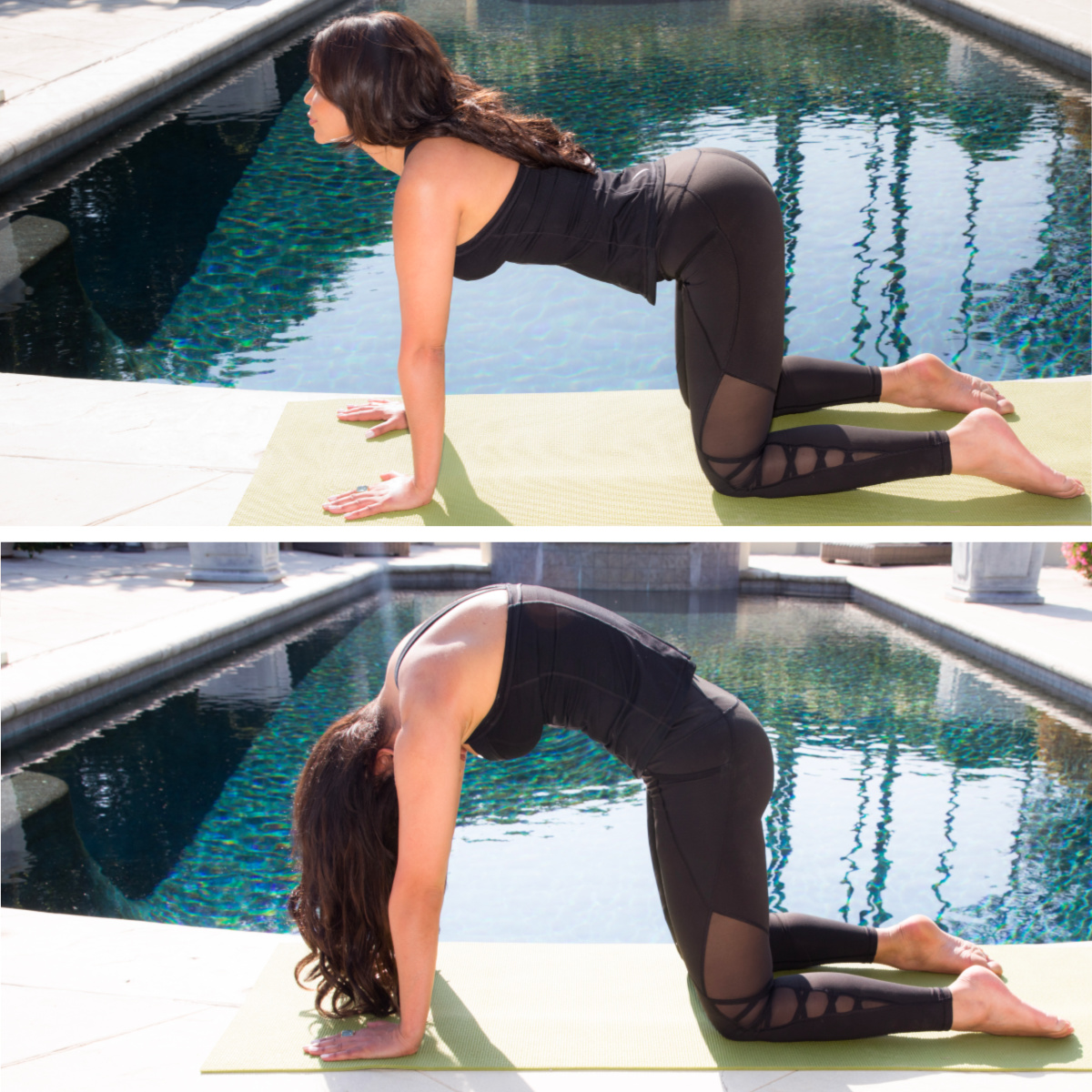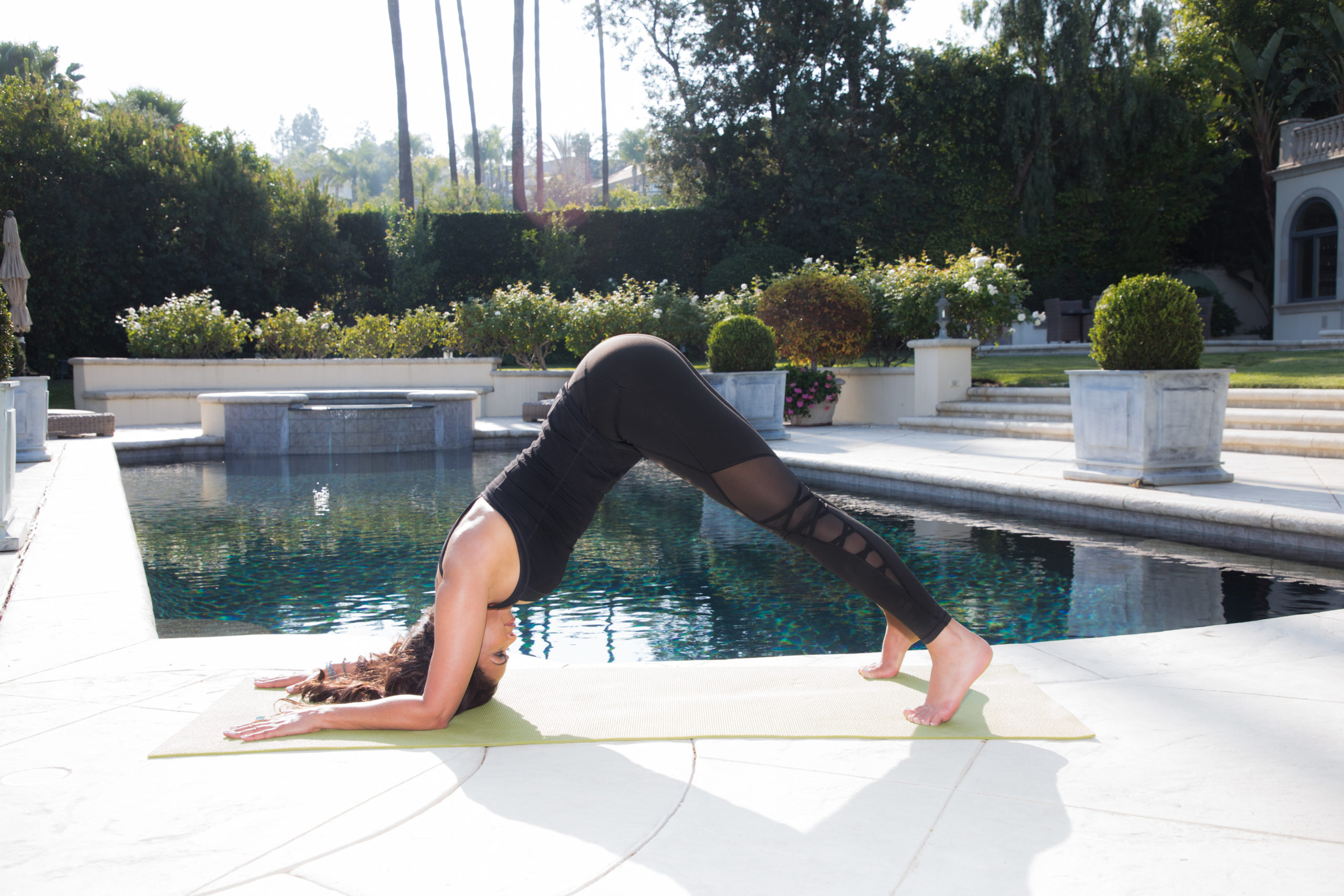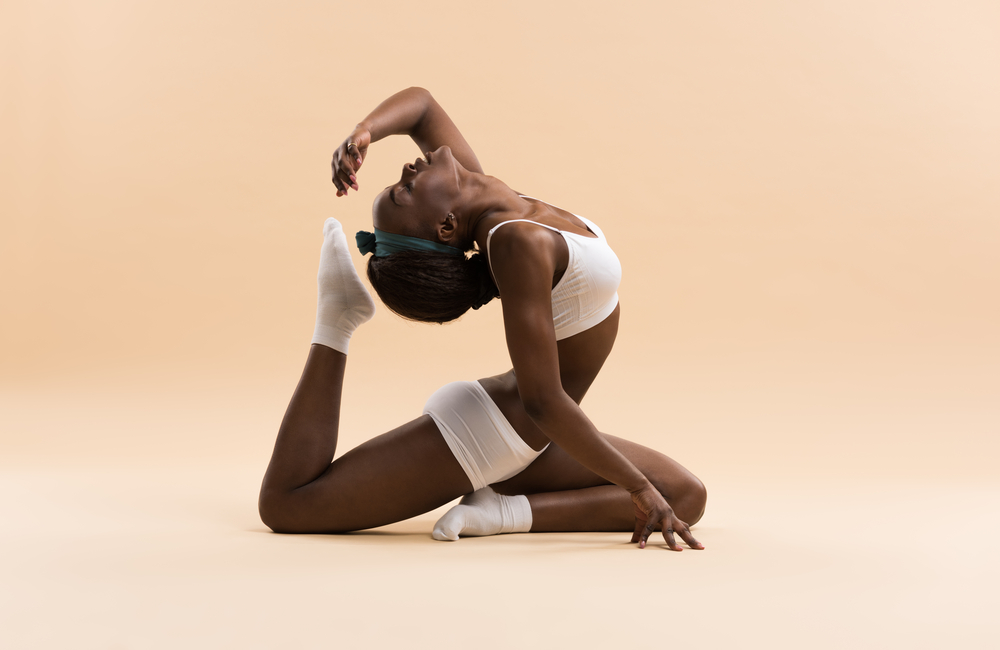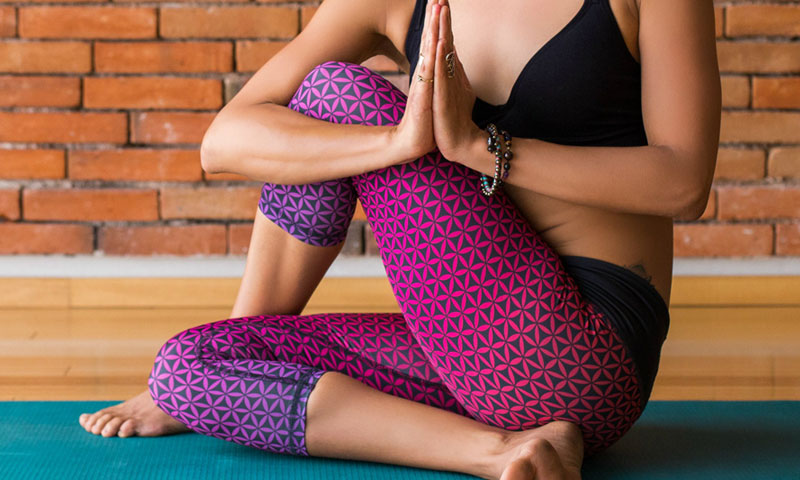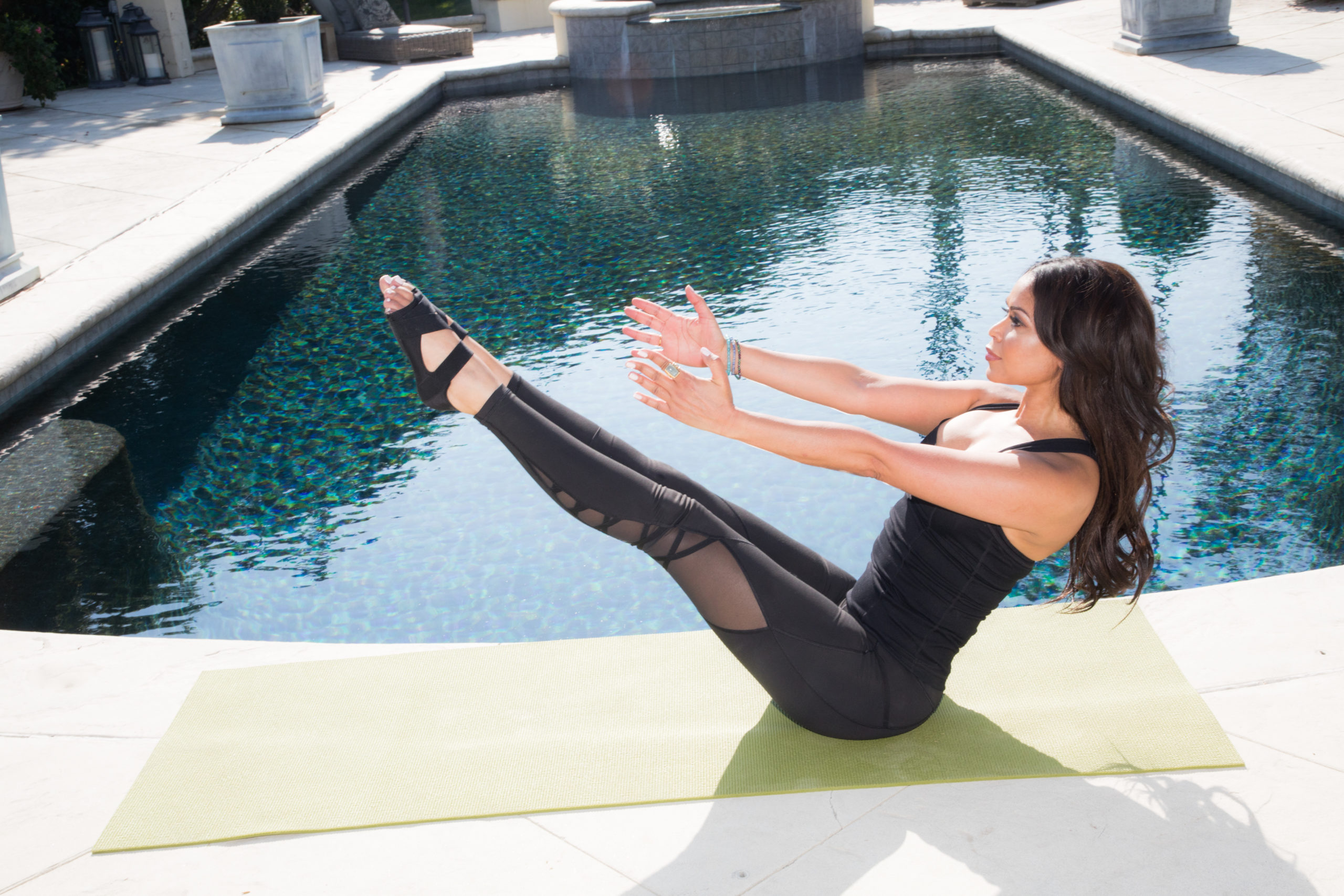Understanding the Connection Between Yoga and Ayurveda
People have practice yoga for centuries. With roots in India, this lifestyle focuses on physical and mental health through movements, poses, and breathing techniques. Meanwhile, Ayurveda is an ancient system of traditional medicine originating in India. It promotes balance, harmony, and holistic well-being through diet, herbs, yoga, and other therapies. Together, the two can create a whole-body system of health and wellness that individuals can follow when seeking positive transformation. Here, we dive into the connection between yoga and Ayurveda. The Interconnected History of Yoga and Ayurveda The connection between yoga and Ayurveda is rooted in their shared history in India. Both practices have been around for centuries and are based on similar philosophical principles. Yoga was developed as a physical practice, but it has grown to encompass spiritual aspects of life as well. Similarly, Ayurveda has developed to focus on not only physical health but also spiritual and emotional well-being. Whereas yoga is a physical effort, Ayurveda focuses more on internal health and mental well-being through diet and lifestyle habits. In tandem, the two health systems help practitioners achieve balance, grounding, and whole-body wellness. The Practices of Yoga and Ayurveda Yoga is a practice involving physical poses, movements, breathing exercises, mantras, and meditation. It promotes strength, flexibility, balance, and relaxation. Through regular practice of yoga postures (asanas), practitioners can improve their physical and mental health. Ayurveda is an art of holistic health that emphasizes prevention and balance. It focuses on diet, lifestyle, herbs, asanas, meditation, and other forms of therapy. Ayurvedic treatments are tailored to the individual’s unique needs to restore balance and well-being. Anyone looking for positive personal growth and wellness can cultivate an Ayurvedic lifestyle, and with it, they may adopt a yoga regimen. The Benefits of Yoga and Ayurveda Both yoga and Ayurveda are beneficial for physical, mental, and emotional well-being. Practicing yoga can reduce stress and anxiety, improve flexibility, build strength, increase energy levels, and promote relaxation throughout the nervous system. Similarly, Ayurvedic treatments can restore balance in the body by addressing underlying causes of illness. The combination of yoga and Ayurveda can be especially powerful for achieving holistic well-being. Practicing yoga postures in conjunction with following an Ayurvedic diet and lifestyle can promote balance, harmony, and overall health. When we look to understand the connection between yoga and Ayurveda, the pair works together to cultivate connections between mind, body, and spirit. Yoga and Ayurveda are two ancient practices from India that people have used for centuries to promote physical, mental, and emotional well-being. They share a history and are based on similar philosophical principles. The combination of yoga postures and Ayurvedic treatments can be especially powerful for achieving holistic health and overall well-being. By understanding the connection between these two practices, we can use them to create balance and harmony in our lives.

